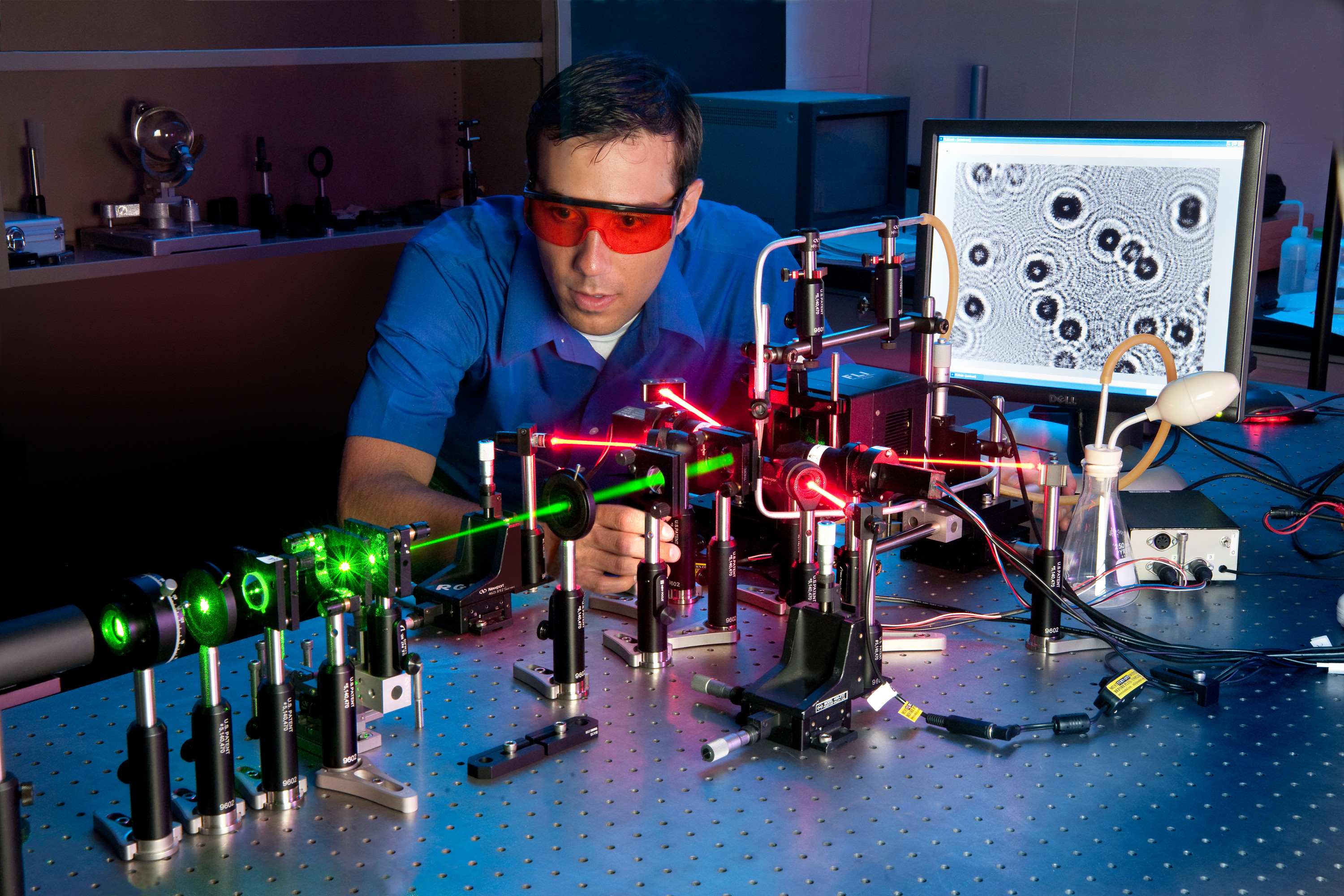Major NSF early-career honor goes to MSU assistant professor
Contact: Leah Barbour
STARKVILLE, Miss.--The National Science Foundation is awarding a Mississippi State faculty member its prestigious Faculty Early Career Development Program Award.
Matthew Berg, an assistant professor of physics, is receiving a five-year grant.
Berg came to the university in 2010 and, in addition to teaching duties, works with the Center for Computational Sciences at MSU's High Performance Computing Collaboratory. He is a Kansas State University doctoral graduate.
The grant will enable the acquisition of additional equipment for Berg and his research team of graduate students to continue and expand their ongoing scientific investigations.
R. Gregory Dunaway, College of Arts and Sciences dean, said MSU's largest academic unit is "extremely proud" of Berg's early career successes.
"He is building a firm foundation for serving as a leader in the integration of research and education which epitomizes the vision of the college," Dunaway added.
Giselle Thibaudeau, the college's interim associate dean, noted that the award is the highest honor a junior faculty member may receive--and that Berg is the first MSU physicist to achieve that level of recognition.
"Awardees exemplify scholar-mentors through excellent research, outstanding teaching and the integration of research and education," she said.
Describing and characterizing ways sunlight reflects from plant pollen, mineral dust, airborne bacteria and other particulate matter have been the focus of Berg's investigations since he completed a National Research Council postdoctoral fellowship at the U.S. Army Research Laboratory.
Berg currently is working to develop new approaches that apply digital holography--creating images of dust as it scatters light. Results of his research may suggest ways to modify climate-prediction models, improve solar power technology, characterize agricultural dust properties and maintain national defense versus biological weapons.
"When light shines on objects, those objects reflect light in different directions," Berg explained. "Ideally, you would put the objects under a microscope, but that presents a number of difficulties. You want to be able to look at these things as they are to best understand what they are: their size, their shape, their material makeup."
Using holographic technology, Berg has produced images of the particles without having to collect them. In an overall assessment of his research proposal, the NSF said its reviewers "all highlighted the strength of your established record of research and scholarship as strengths of the proposal and demonstrated your ability to carry out the proposed research. Your education and mentoring plans were also seen as strengths, particularly the recruitment of underrepresented minority students and the use of hands-on teaching in a research lab setting."
Student mentorship is very important to Berg, as members of the NSF evaluation team repeatedly commented.
"I benefitted greatly from excellent advisers in graduate school, so I try to mimic that as much as I can," he said.
To learn more about MSU's physics curriculum, visit www.physics.msstate.edu.
MSU, Mississippi's flagship research university, is online at www.msstate.edu, meridian.msstate.edu, facebook.com/msstate, instagram.com/msstate, pinterest.com/msstate and twitter.com/msstate.
